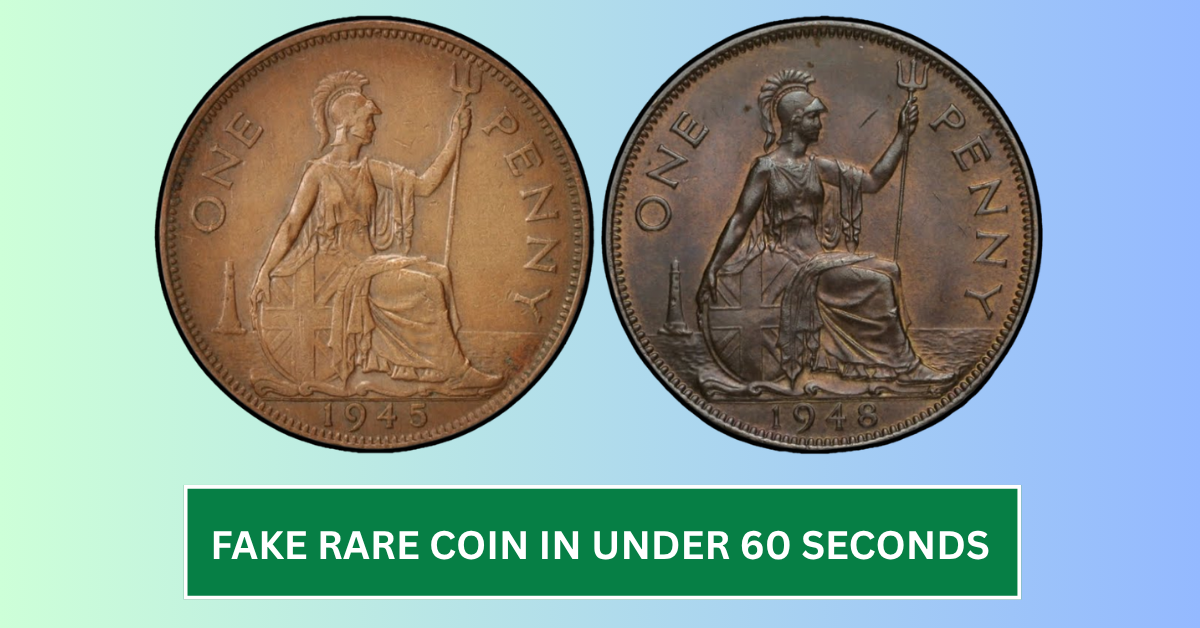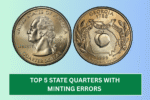Collecting rare coins is a popular hobby in India, but spotting a fake coin can be tricky, especially if you are new to the field. Counterfeit coins have become more advanced, so you need fast and easy ways to check whether a rare coin is genuine or fake. In just 60 seconds, you can learn simple tests to avoid scams and protect your investment.
This guide will share quick tips on checking the coin’s weight, examining edge details, performing magnetic tests, and recognizing common fake signs. Whether you’re buying from a shop or online, these practical steps will help you spot fake rare coins confidently without needing expert tools.
Check the Coin’s Weight Accurately
One of the easiest ways to spot a fake coin is by checking its weight. Genuine rare coins have a specific weight set by the mint, and counterfeit coins often weigh more or less than the correct amount. You can use a simple digital scale to weigh your coin. Compare this weight with the official weight listed in coin catalogs or websites.
If the coin is even a little heavier or lighter, it might be fake. Keep in mind that dirt and moisture can add to the weight, so clean the coin gently before weighing. Accurate weighing is a quick first step that can alert you about a possible counterfeit rare coin.
Examine the Edge Details Carefully
The edge of a coin is another very important part to inspect. Authentic rare coins usually have clean, clear, and consistent edges. Some coins have ridged or reeded edges, while others have smooth or lettered edges depending on their type and year.
Look closely for any irregularities like uneven ridges, blurry lettering, or signs that the edge was filed or altered. Counterfeit coins often miss these tiny details, and the edge can be a dead giveaway. Using a magnifying glass helps in spotting these edge problems quickly.
Use Magnetic Testing to Detect Fake Metals
Many counterfeit coins are made using cheaper metals like steel, which are magnetic, unlike the real precious metals such as gold, silver, or copper. A simple test is to place a small magnet near your coin. If the coin sticks to the magnet, it is most likely fake.
This test is fast and simple but not always perfect since some fake coins use non-magnetic metals too. However, combined with other checks like weight and edge details, magnetic testing helps weed out many counterfeit coins at once.
Watch Out for Common Counterfeit Red Flags
Besides weight, edge, and magnet tests, some visible signs can help you spot fake rare coins immediately. Look for poor quality engraving and blurry designs—real coins have sharp, clear images. Also, check for inconsistent colour or unusual shine, which can indicate plating or cheap metal.
Check the date and mint marks carefully. Sometimes counterfeit coins copy rare dates but get small details wrong or show uneven spacing. Lastly, be cautious if the coin feels too light to hold or too shiny compared to known originals. Trust your instincts and avoid deals that seem too good to be true.
Conclusion: Quick Checks Can Save Your Money
Spotting a fake rare coin does not have to be complicated or take a long time. With simple tools like a digital scale, magnifying glass, and a magnet, you can perform quick tests in under 60 seconds. These checks help you identify fake coins before buying or trading.
Remember, always do your research and buy coins from trusted sources or dealers. Learning these quick tips not only protects your investment but makes coin collecting more fun and rewarding. Keep practicing, and soon you will spot fake coins easily just by looking at their weight, edge, metal, and design details.



